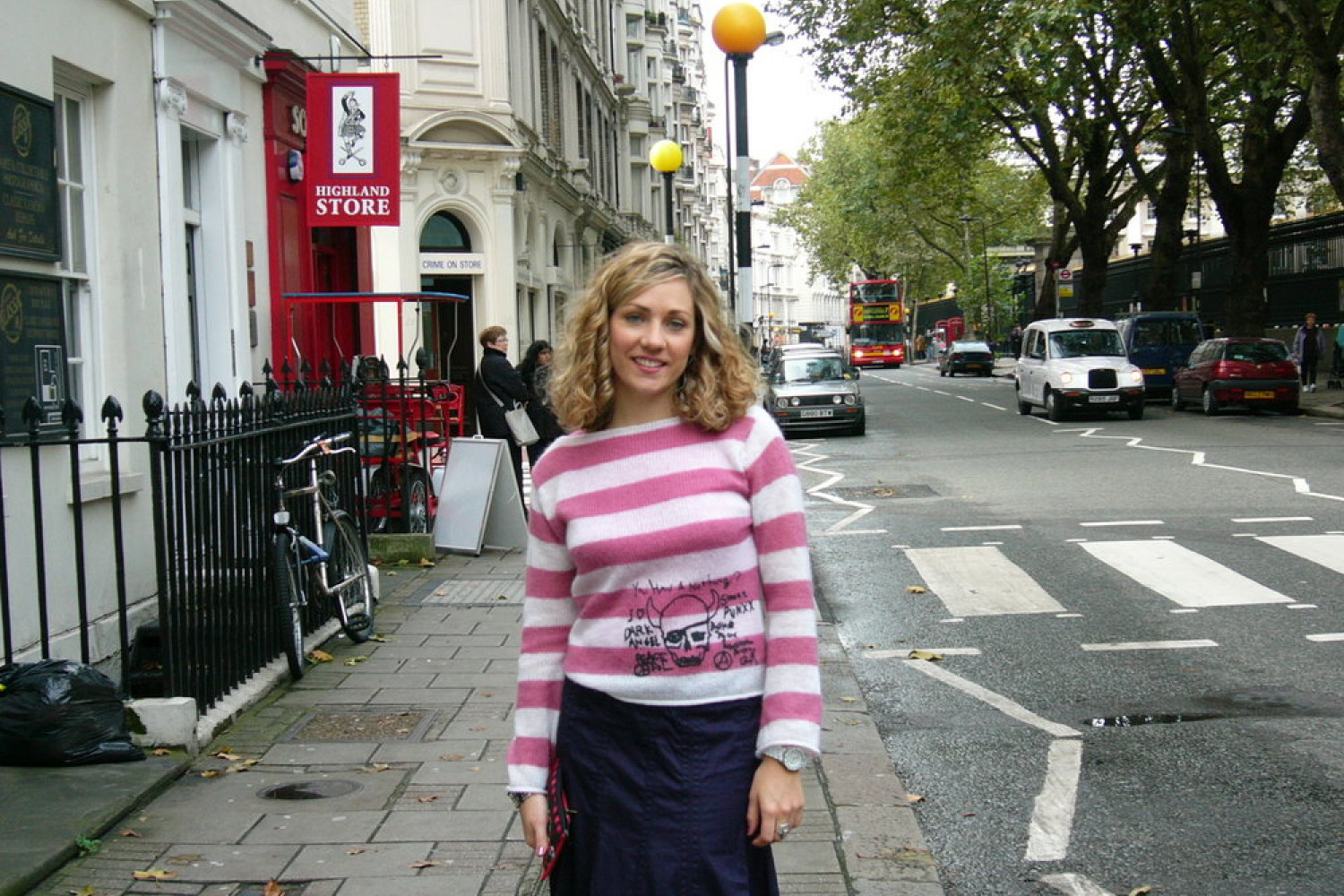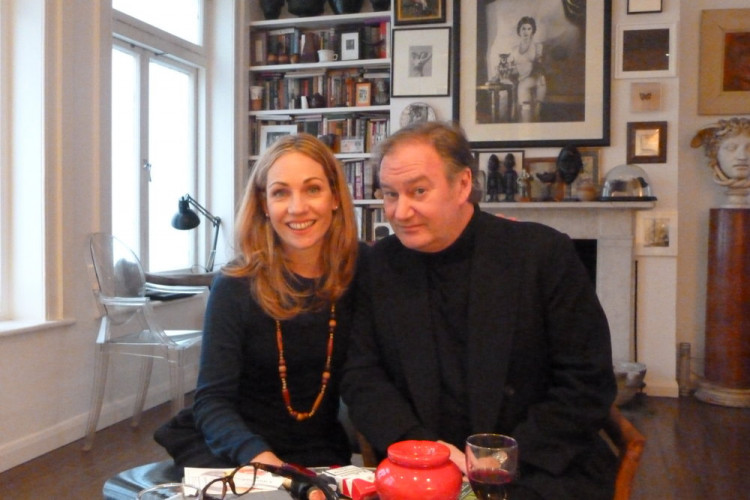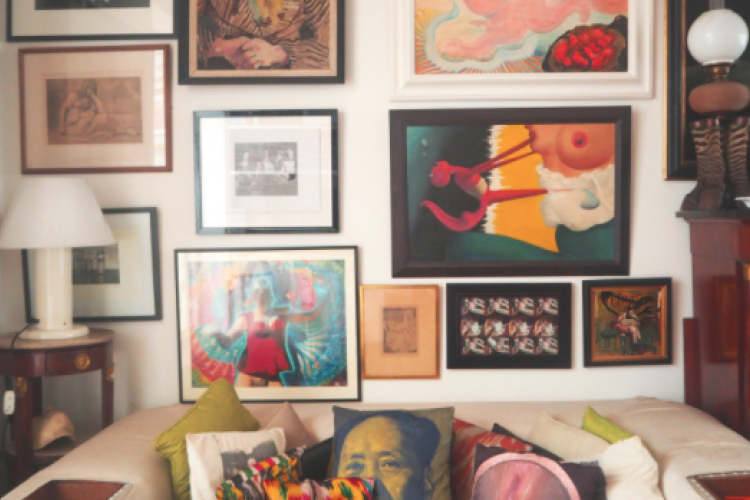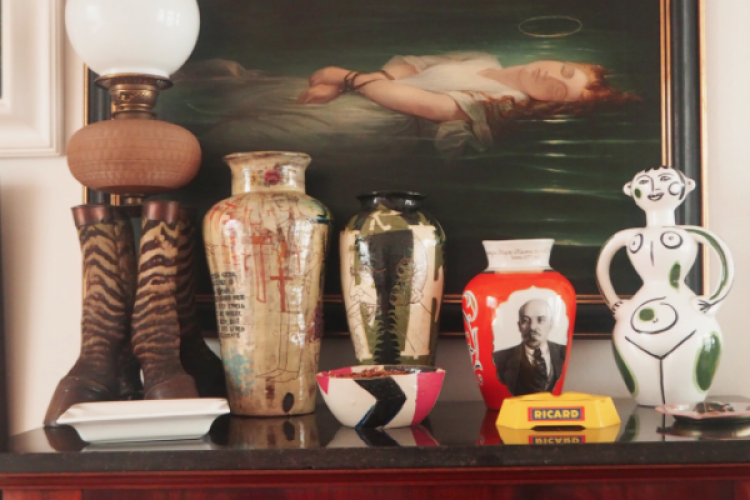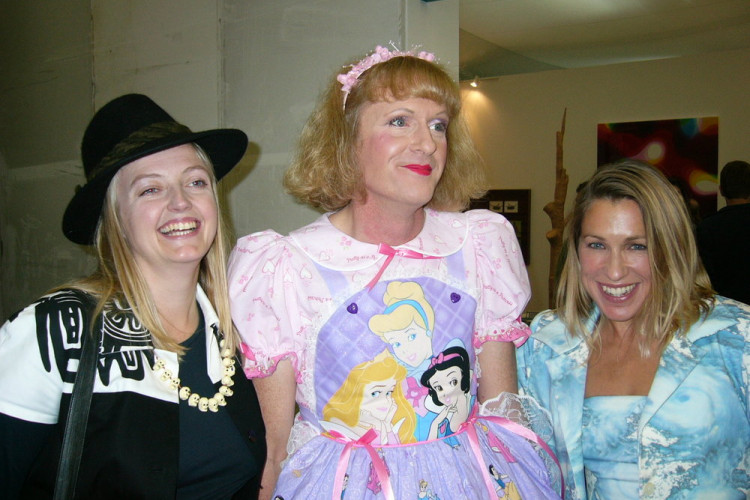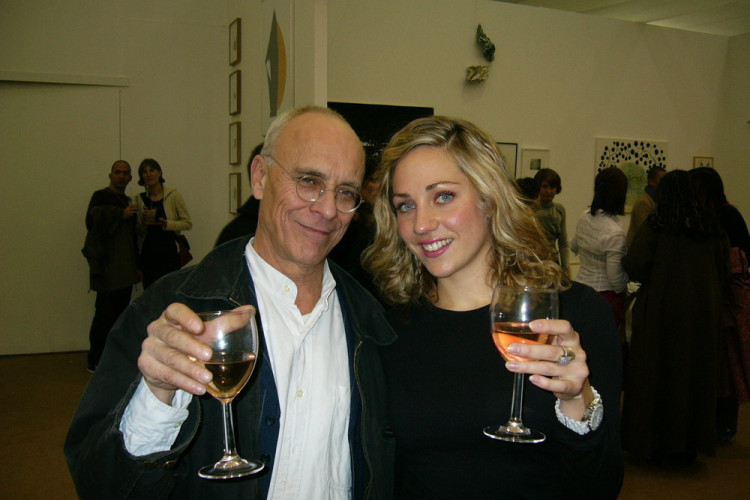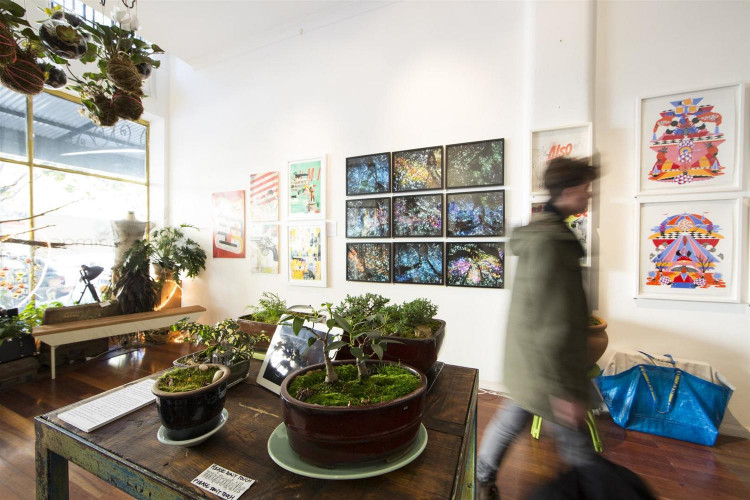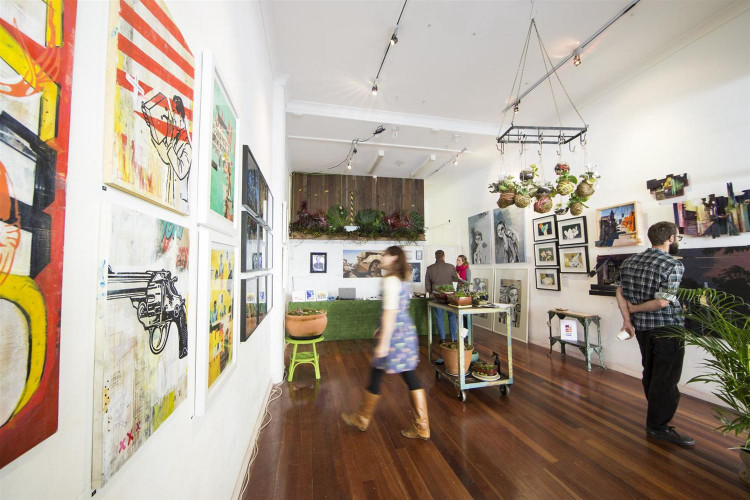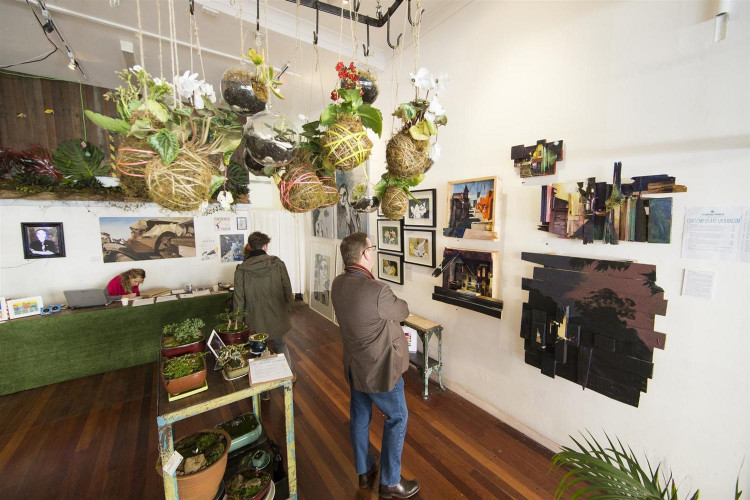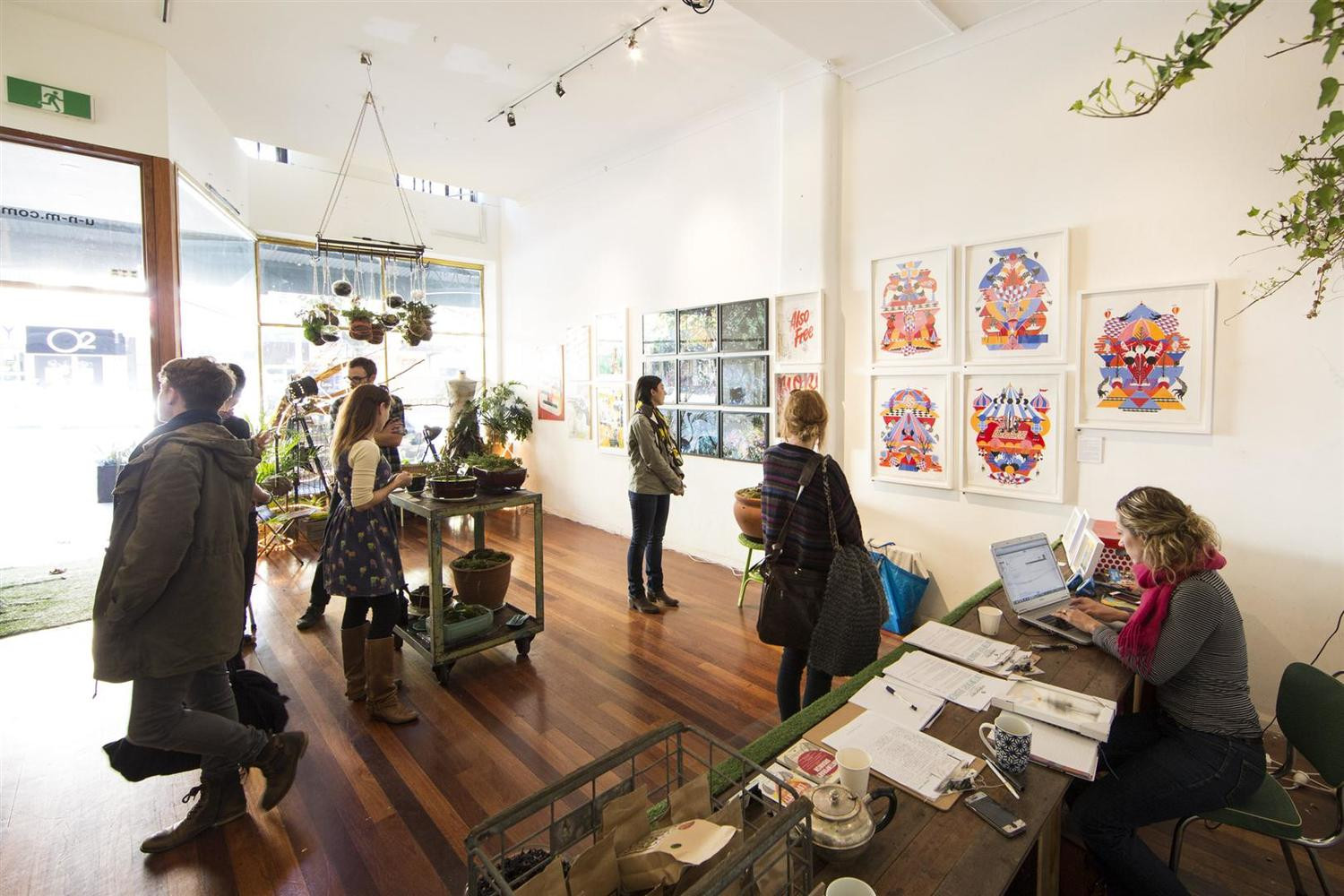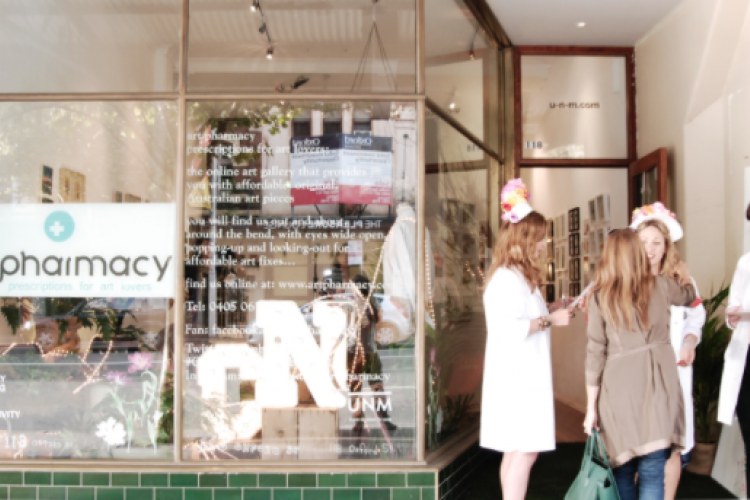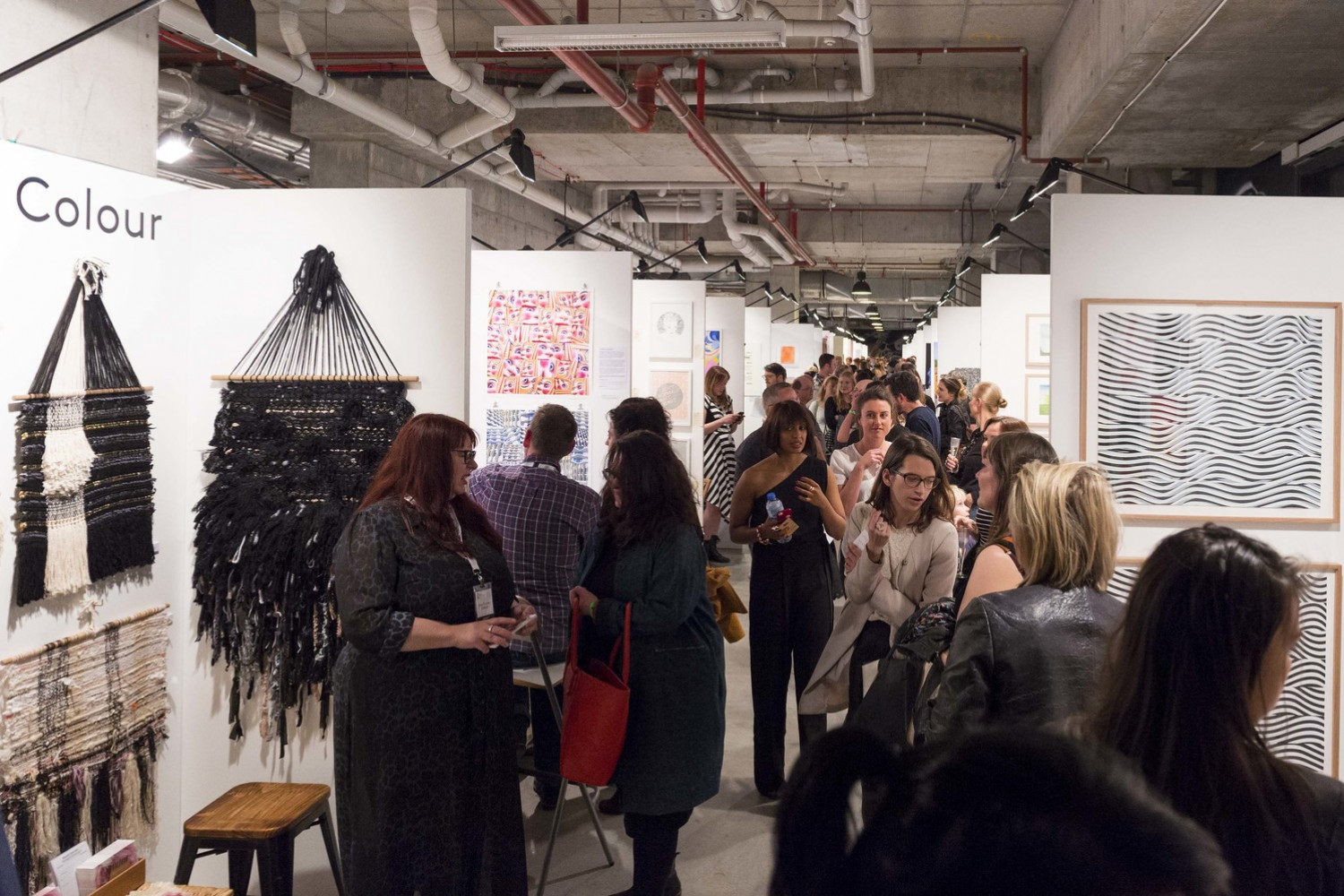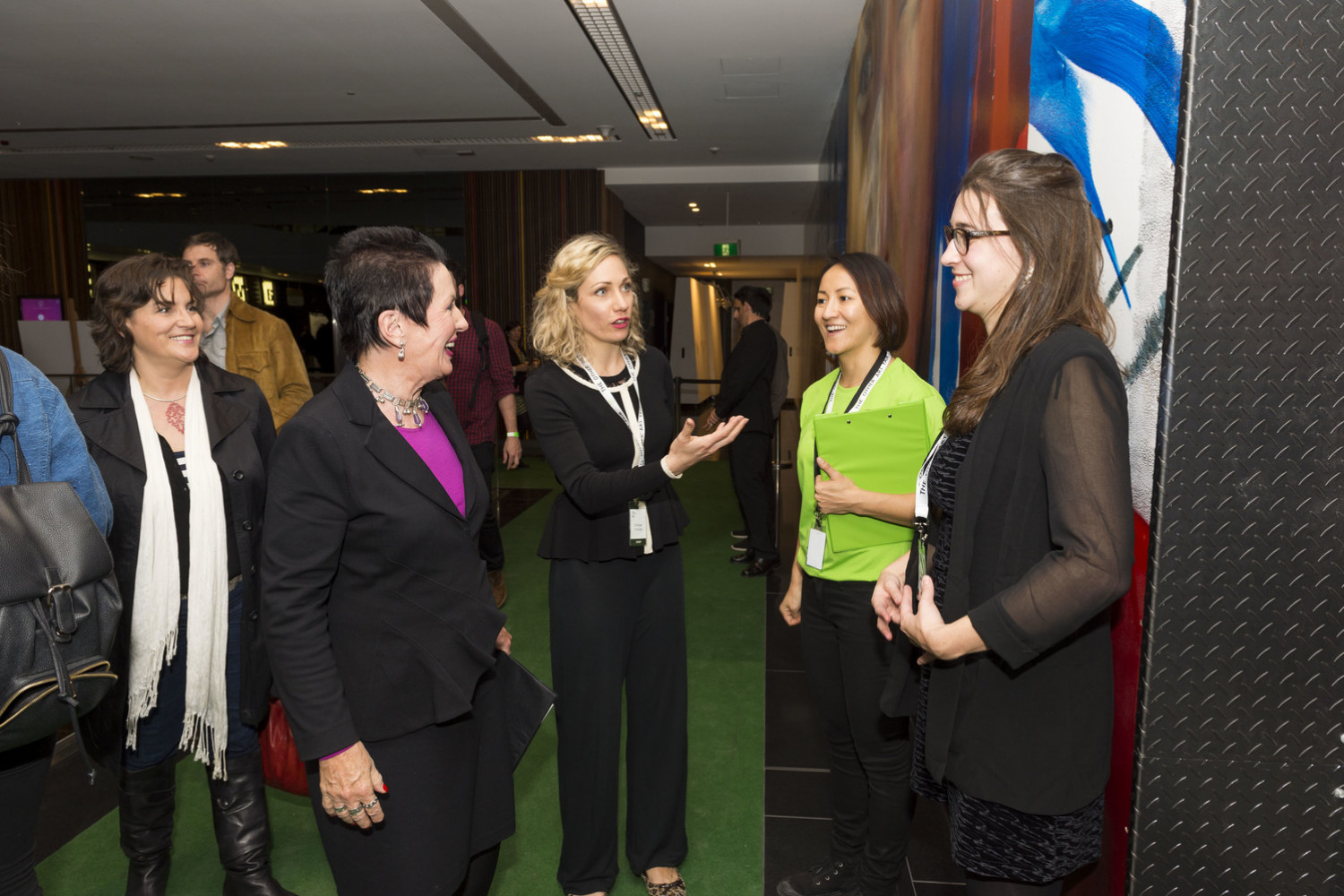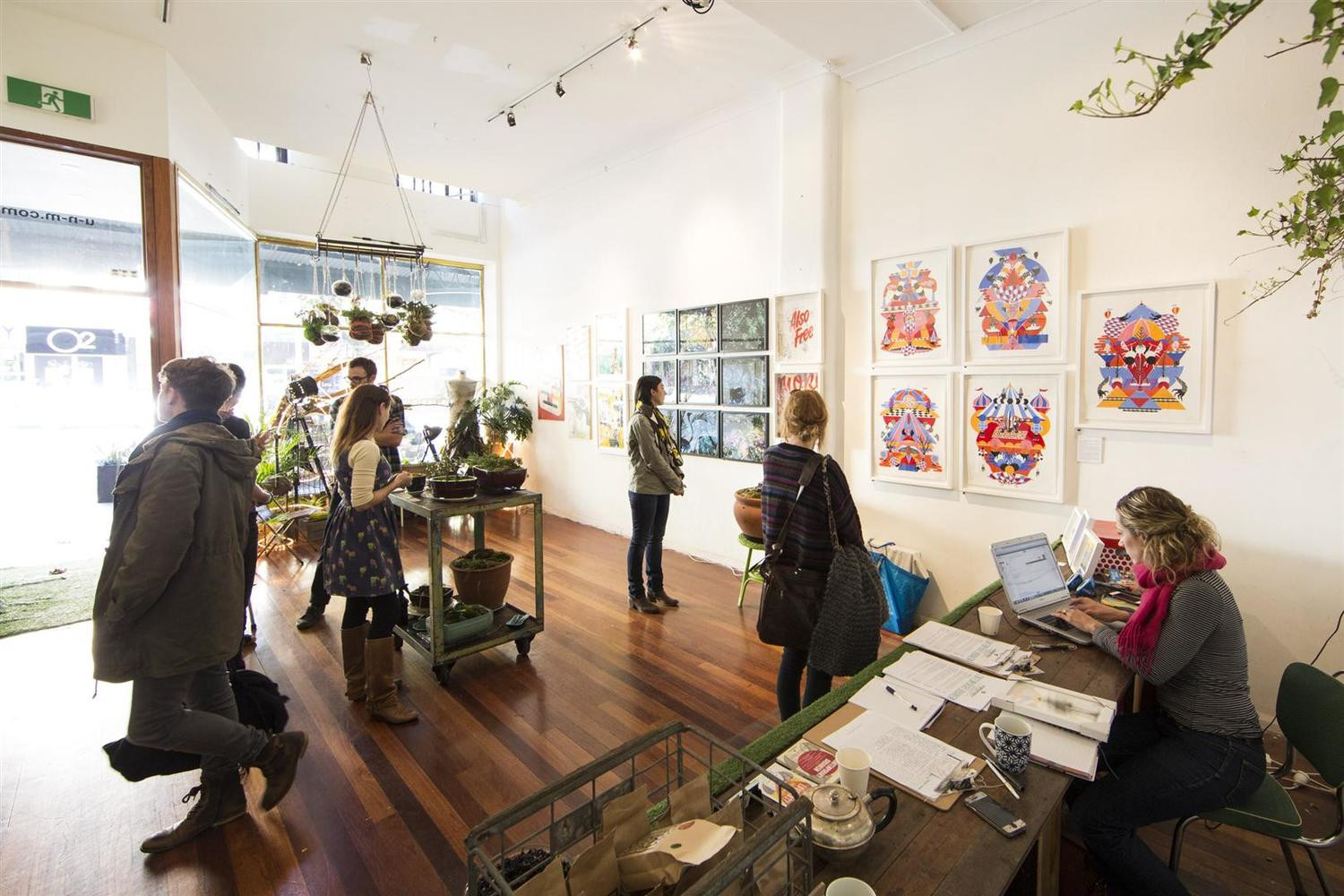
As my team and I teeter on the edge of launching a very significant rebrand, I wanted to share a bit about where I came from, and how I found myself a home and made my career in my company Art Pharmacy…
The uncertainty of recent months have prompted many people to reflect on their careers, their paths, and what they have to offer.
At Art Pharmacy, while gearing up for our upcoming rebrand, we’ve been working through these sticky questions for several months. We have been identifying what our goals are, what values we bring to our clients and the artists we work with, and where we want to be in 5 years time. We have identified the little golden nuggets of what makes us feel happy when we come to work every day, and trying to find ways to push that through everything that we do.
As a company that has grown organically from a one-woman kitchen table business into a sustainable organisation with permanent full time staff members in just 4 years, reflection is not something we have had a lot of time for. Running a small business is no joke!
Soon, you will see Art Pharmacy and Art Pharmacy Consulting come together at one colourful online location, with a refresh of the online gallery that better supports our artists and provides a more coherent service to our clients and customers.
I never thought I would one day be working in my own creative business. I feel really proud of what we have created. In the spirit of self reflection, I wanted to share a bit about where I came from….
I moved to London from Brisbane (after 3 months of soul searching in New Zealand) in 1998. My original intention was simply to be close to my French beau I had met in New Zealand, but he didn’t speak English, and I spoke zero French, so things quickly fizzled out and I had to figure out what to do with my spare time.
Casting around for something to do, a friend recommended that I might like to study art, I thought “why not?”, and, kind of by accident, I found myself studying history and archaeology at the School of Oriental and African Studies and University College, London. I stayed because I was learning more about history, more about art, more about different ways of thinking every day. But I was nervous about what I would do afterwards – I faced a lot of pressure to define the path of my studies, professors were very clear that we should choose which way to go – the institutional academic path or the contemporary art path. It’s not something I really understood about myself at the time, but the idea of a large institution really didn’t mesh with my burgeoning entrepreneurial spirit, and I found myself defaulting to a path into contemporary art.
My experience in London after university could really be described as a crash course in contemporary art, I was incredibly fortunate to work for some of the most amazing and interesting people in the industry when I was over there – though I don’t think I quite realised it at the time!
My first ever job was working for Giuseppe Eskenazi, who runs one of the most important antique and art dealerships in the world, we had some incredible clients. Curators from the British Museum would often come in to look at his pieces because Eskenazi would regularly snap up pieces that most established institutions of the world couldn’t afford to have.
I then worked for Nicholas Logsdail at the Lisson Gallery, which represented an incredible range of artists at the time – established superstar artists like Sol LeWitt and Richard Long, as well as artists that they had supported since their emergent days like Anish Kapoor and Richard Deacon.
Following that, I managed an archeological event at the British Museum for the international archeologist community – a huge learning curve for me, given the sheer size of the institution and scale of the event.
My last job in London was working with the private art collector James Birch. I managed his collection of art which ranged from Francis Bacon through to a collection of vintage Chinese political posters. No day was ever the same and I learnt one of my biggest lessons with James – that (despite the incredible pedigree of some elements of James’ collection) contemporary art didn’t have to be stuffy or elitist – it could be fun, accessible, and unpretentious. During my time with James I regularly hung out at the Colony Rooms and The Groucho club meeting a whole range of artists & creatives from Damien Hirst, Grayson Perry, Sarah Lucas & Gavin Turk, to name a few…
Around the time that I was ready to leave London (for my next adventure in China) with all this experience under my belt, I realised that my career was morphing into something that gave me a great deal of creative license, it was a really dynamic space where I was able to find success responding to trends and market demands with my own way of thinking. When you’re really young, you don’t understand that your unique perspective is a strength, but this became something I recognised as a strength in myself in subsequent years (and with a lot of help from mentors and friends!).
I had first visited China for a three month stint during my uni days – to research my thesis on Chinese contemporary art – and after London I found I found that China was calling me again, so with my poor husband in tow, I moved to China to experience a different culture for a year, working in sales for a wine importer and teaching English.
When I returned to Australia after my whirlwind international adventure, I found myself without a clear path: it was difficult to continue in the same vein of my London experience because the art industry here is much smaller.
One day while helping out during a friend’s photography exhibition, selling artworks and talking to customers, I realised I wanted to get back into the gallery world, but I wasn’t sure where to start. So, I put on a little show in a City of Sydney pop-up site on Oxford Street in Darlinghurst. It was an amazing experience actually, we had no money to activate the site so I asked an artist to paint the walls, and we all dressed up in lab coats and 1960s nurses hats. I called this activation the Art Pharmacy.
The business name came from Damien Hirst’s installation work called ‘The Pharmacy’, where he kitted out an entire restaurant in Notting Hill as a pharmacy full of his works. I love the idea of creating a space where art lovers can come and get their ‘fix’ of art from really exciting emerging artists – I was imagining people filling their prescription at the Art Pharmacy!
After a few successful follow up pop-up shows, I started concentrating on the online gallery because I had just had my first child and it was a convenient way for me to work. A lot of people were sceptical of whether people would want to buy artwork online, but it turned out to be incredibly popular.
In 2015, I took on the role of Director of the inaugural The Other Art Fair, Sydney, where I launched Art Pharmacy and my other business Culture Scouts through my own fair booths – this is where I got my first consulting jobs for my art business – I was so surprised by the interest that was out there – from private collectors and corporates, to restaurants and councils. It totally opened my eyes to what opportunities were out there for me and I have gone from strength to strength since then, completing landmark public art, digital art and corporate collection projects in 2019 and 2020.
The key thing for me then was to make art accessible to everyone – I wanted people to feel like they could buy art without being intimidated. I want to break down the barriers because at the core it’s about finding artists you like and supporting them by buying their work or commissioning them, and having a role in creating art that is meaningful to you. Reflecting on my career, I have realised this has been a consistent mission of mine since 2015 and it is a sentiment that has extended into the consulting business as it has progressed from strength to strength until today.
